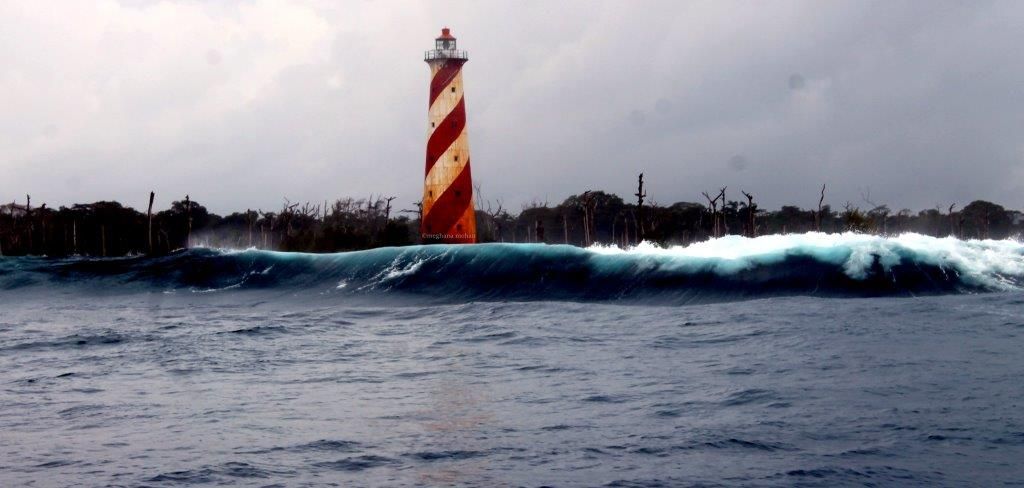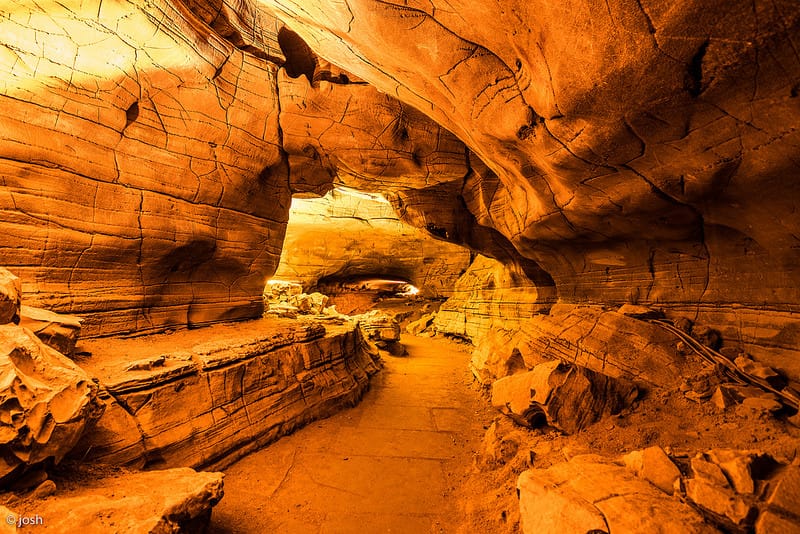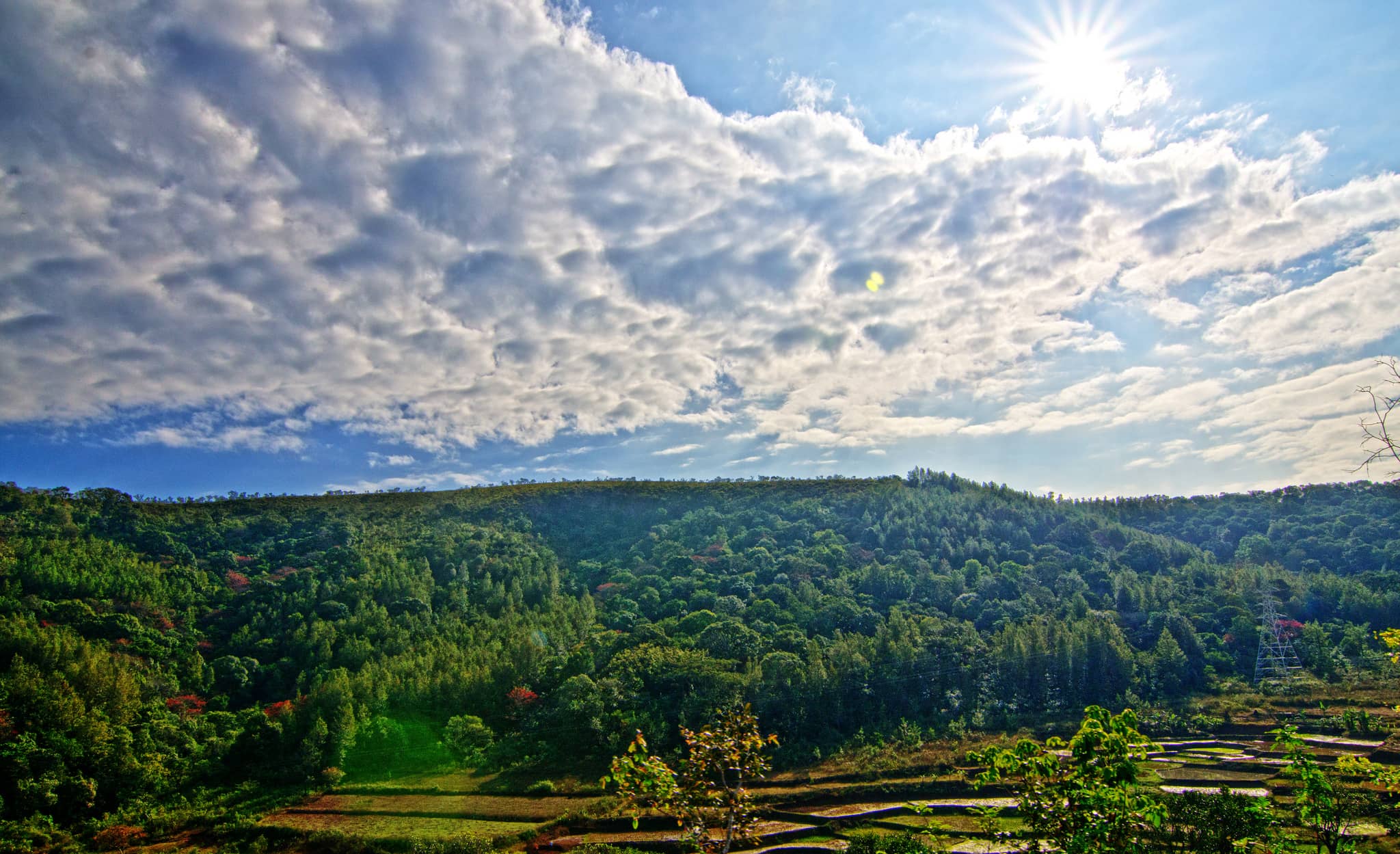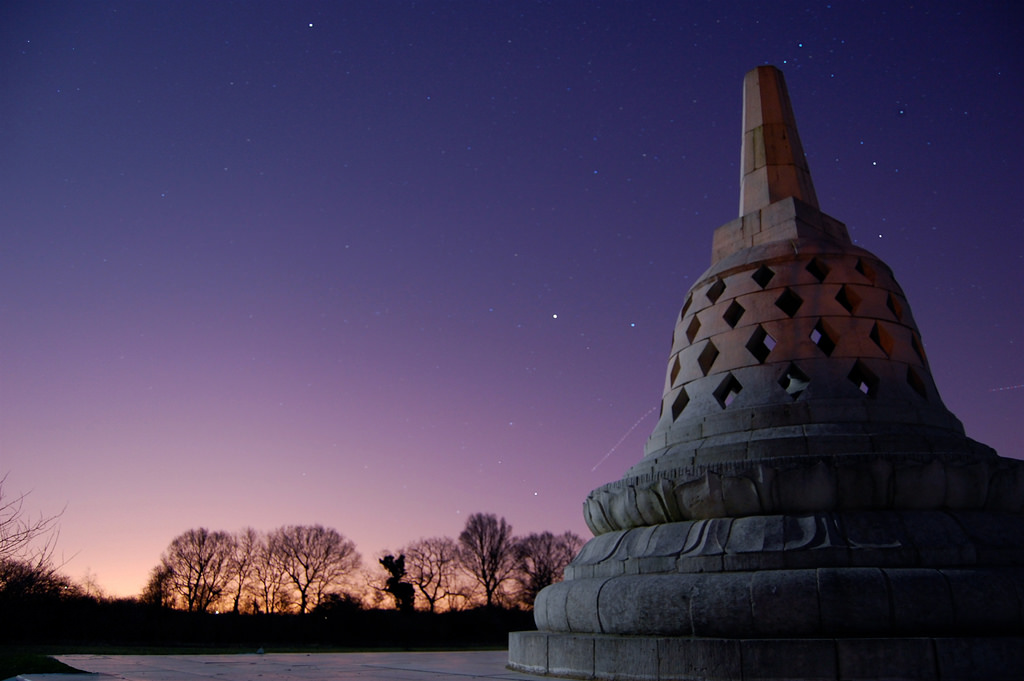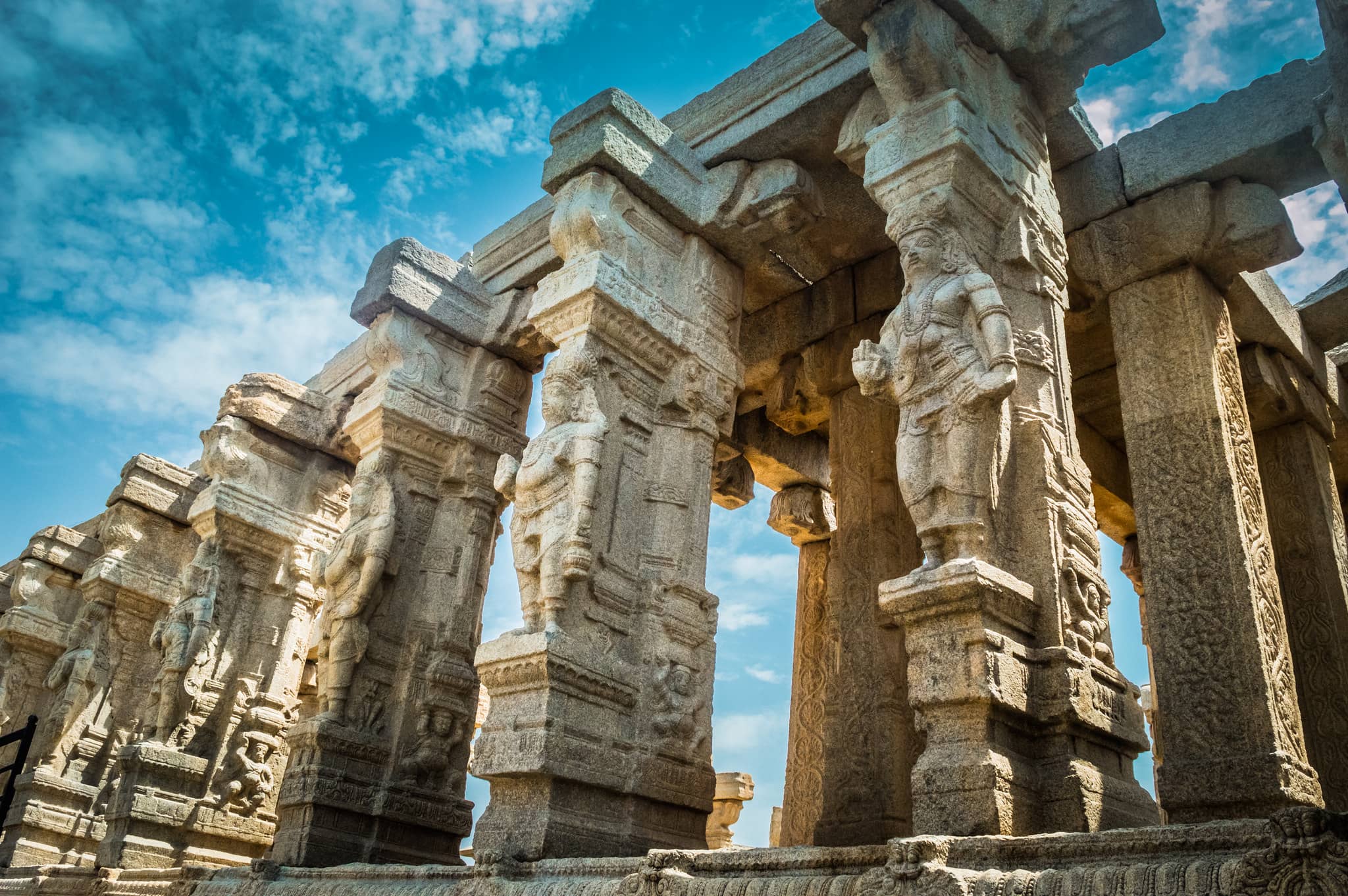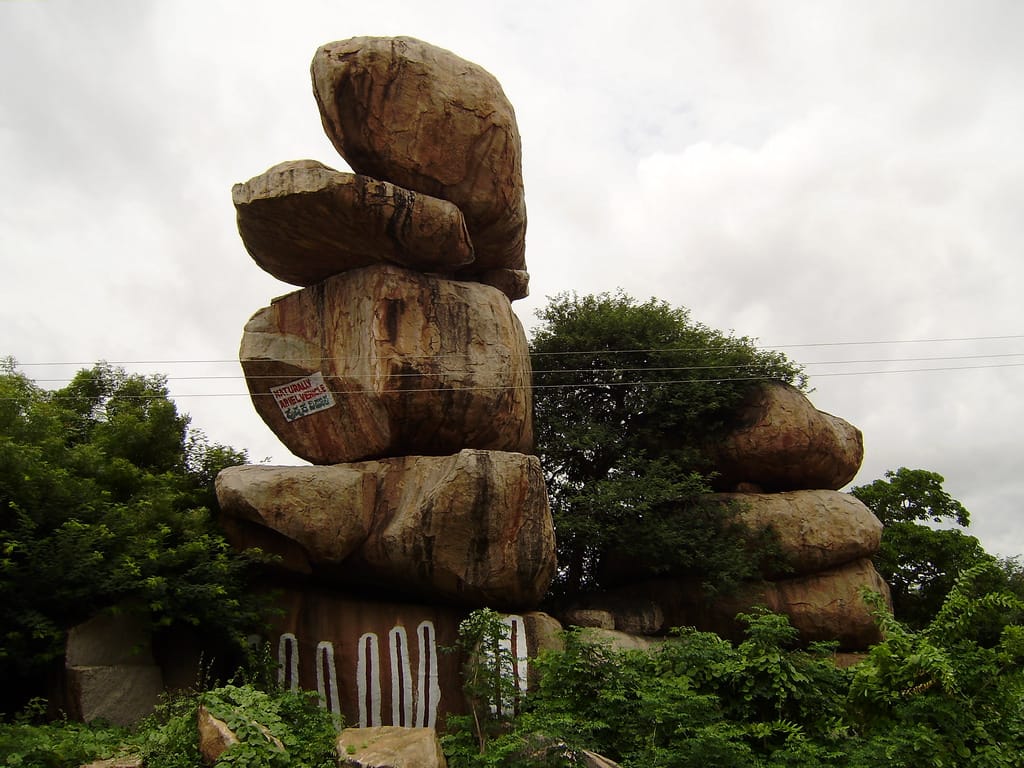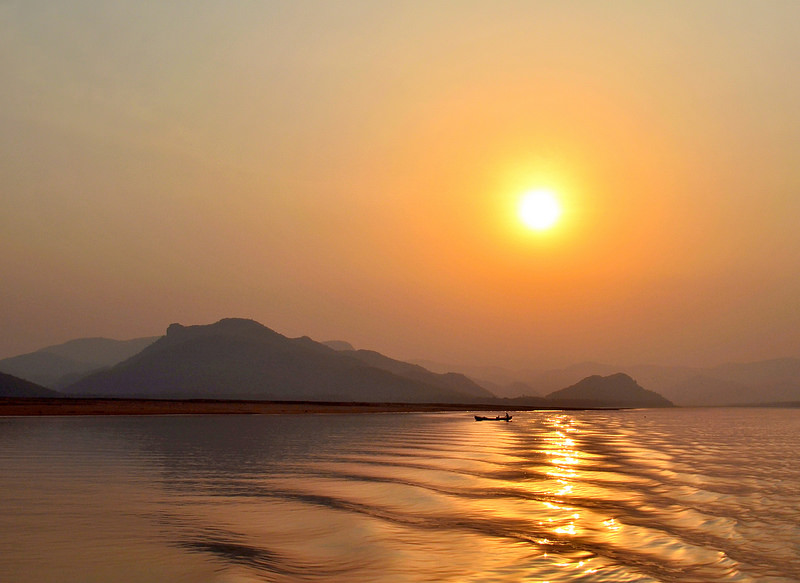Réunion Island is a French territory in the Indian Ocean, known for its lush rainforests, beautiful beaches, coral reefs, and volcanic landscapes. Its most famous natural feature is Piton de la Fournaise, an active volcano that visitors can hike. Another major peak is Piton des Neiges, an ancient volcano, surrounded by three large mountain basins called calderas. One of them, Cirque de Mafate, is very remote and can only be reached by hiking or helicopter.
Cirque de Cilaos is popular for canyoning and is close to natural hot springs, while Cirque de Salazie is near the scenic mountain village of Hell-Bourg. On the island’s west coast, Saint-Gilles-Les-Bains is a great spot for snorkeling and diving, and the nearby town of Saint-Leu is a favorite among surfers. In the capital city, Saint-Denis, visitors can explore colonial-era Creole houses like the historic Maison Carrère.
places to visit in Réunion
Piton de la Fournaise
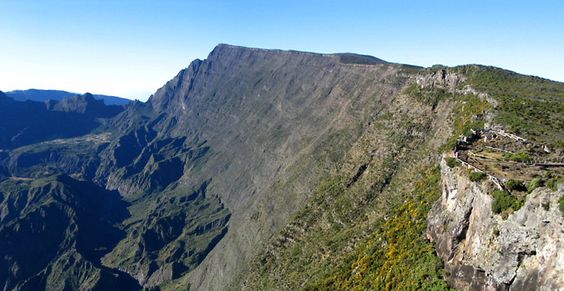
Piton de la Fournaise is a shield volcano on the eastern side of Réunion Island. It’s one of the world’s most active volcanoes and a major tourist attraction. Locals often call it “le Volcan.” This natural wonder is also part of a UNESCO World Heritage Site.
Piton des Neiges
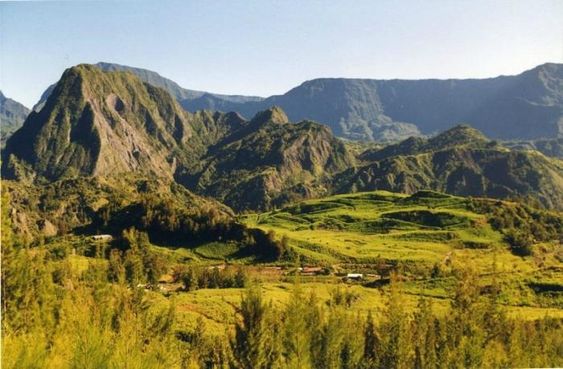
Piton des Neiges is the highest mountain on Réunion Island, reaching 10,069 feet, and also the tallest point in the Indian Ocean. It formed about two million years ago from volcanic activity but has not erupted for around 20,000 years. It’s now surrounded by three large crater valleys called cirques and makes up much of the island’s northwest.
Mafate
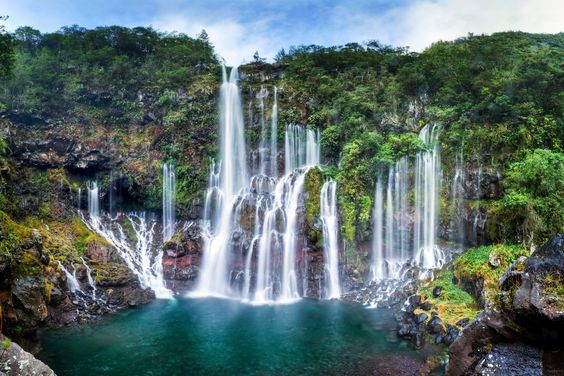
Cirque de Mafate is a steep, enclosed valley that formed when part of Piton des Neiges collapsed. Surrounded by towering cliffs called “remparts,” it has no road access and can only be reached on foot or by helicopter. A single river, Rivière des Galets, flows out of the cirque.
Trou de Fer
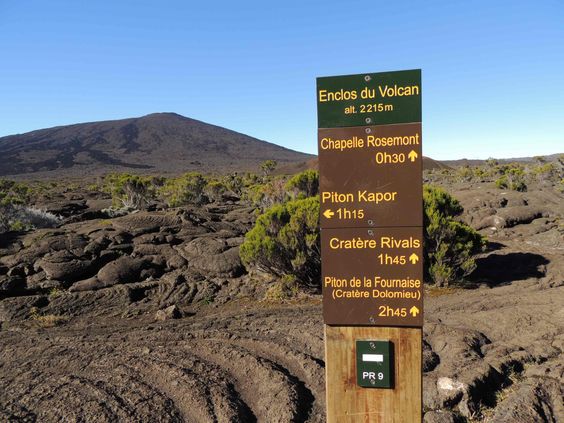
Trou de Fer is a deep canyon on Réunion Island, known for its dramatic scenery. It has a large crater with several waterfalls pouring into it, and a narrow, steep canyon that stretches from the crater’s edge to its end.
Kélonia
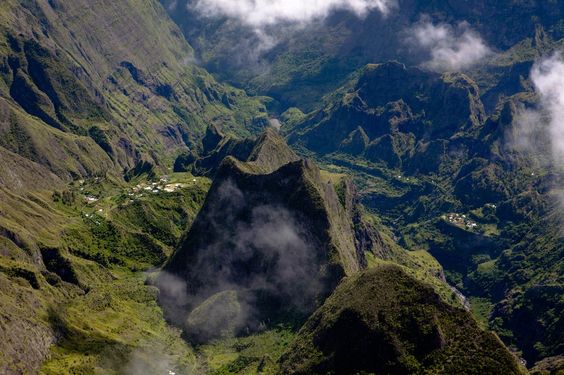
Kélonia is a marine turtle center in Saint-Leu, where injured or sick turtles are rescued and cared for until they can return to the ocean. Visitors can also explore the exhibits and climb the observation tower for a great view of the center and the nearby Bay of Saint-Leu.
Maïdo
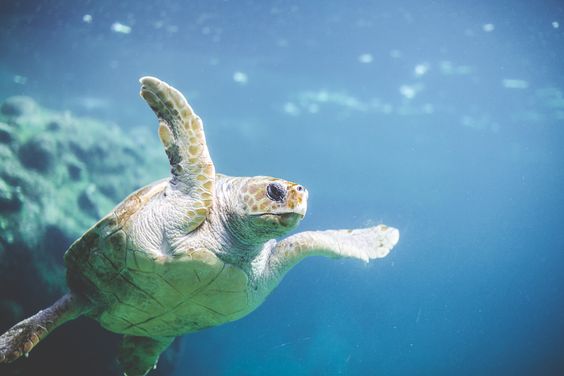
Maïdo is a mountain peak located above the town of Saint Paul, with sweeping views over the Cirque de Mafate. The road leading up passes through a tamarind forest, a favorite picnic spot for families.
Pas de Bellecombe
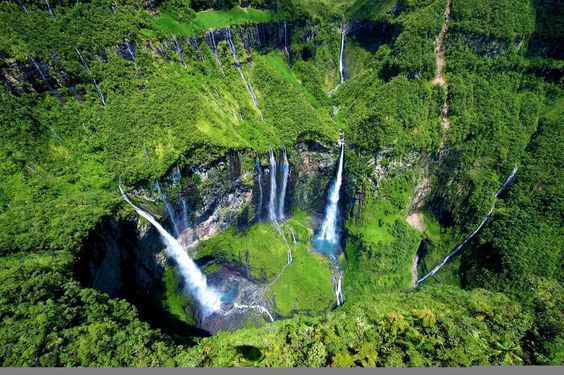
Pas de Bellecombe-Jacob is a scenic viewpoint that looks out over Enclos Fouqué, the most recent crater of Piton de la Fournaise. It’s named after an old governor, Bellecombe, and Jacob, the enslaved person who first found the route.
Grand Galet Falls
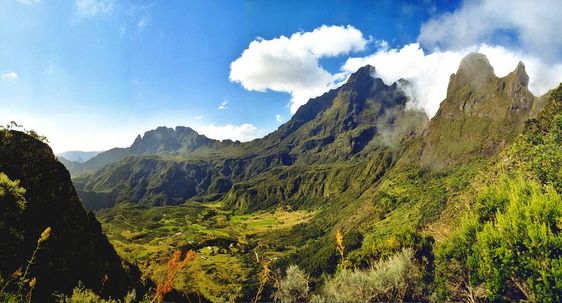
Grand Galet Falls, found in the Saint-Joseph area, is a beautiful waterfall within Réunion National Park. It flows into a natural pool, which is a popular spot for swimming and relaxing on weekends.
Réunion National Park
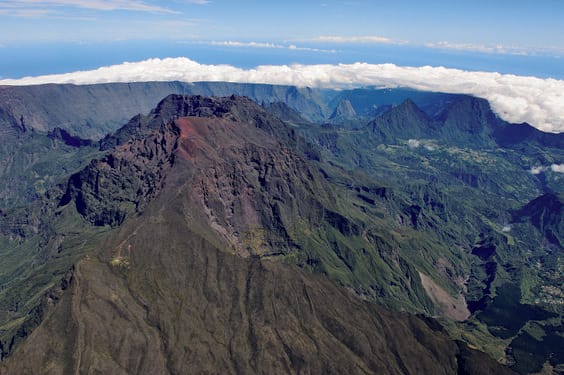
Réunion National Park is a protected area that covers much of the island’s volcanic and natural landscapes. It includes the famous Piton de la Fournaise and is a UNESCO World Heritage Site. The park works to protect nature while also welcoming visitors, offering hiking and outdoor adventures.
Grand Bénare
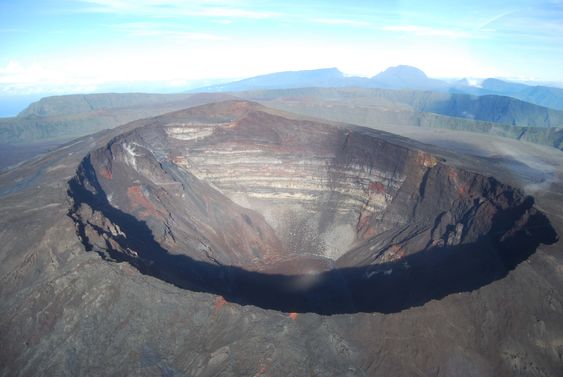
Grand Bénare is the third-highest peak on Réunion Island, after Piton des Neiges and Gros Morne. Located in the west, it gives stunning views over the Cirques of Mafate and Cilaos. Most people hike to the summit from Maïdo, a nearby mountain viewpoint.
Best time to visit Réunion
The best time to visit Réunion Island is from May to November.
During these months, the weather is cooler, dry, and more comfortable for outdoor activities.
It’s the ideal season for hiking, sightseeing, and exploring volcanoes and nature trails.
The risk of cyclones is low compared to the rainy season.
Clear skies also make it perfect for beach visits and scenic views.

